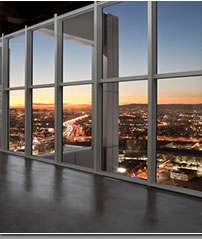When an earthquake occurs:
- Duck: Or drop down to the floor and cover your head.
- Cover: Take cover under a sturdy desk, table or other furniture. If that is not possible, seek cover against an interior wall and protect your head and neck with your arms.
- Hold: If you take cover under a sturdy piece of furniture, hold on to it and be prepared to move with it.
- Stay Put: Hold this position until the ground and/or building stops shaking and it is safe to move. Stay inside; do not attempt to exit the building during the movement of the building.
If you are outdoors when the earthquake occurs, stay there. Move away from structures, power poles, lampposts or retaining walls that could fall during the quake and avoid fallen electrical lines. If possible, move to an open area.
After the Earthquake:
- Be prepared for aftershocks. Carefully move to the center of your floor. Stay away from outside windows.
- Check for injuries and administer first aid as necessary (and if qualified). Do not move the injured unless absolutely necessary.
- Replace telephone handsets that have been shaken off, but do not use telephones except for 9-1-1 emergency calls.
- DO NOT USE ELEVATORS. When exiting, make sure that the exit path is safe to use.
- Follow the directions of your Floor Warden, Alternate Floor Warden or a member of the Building Staff.





